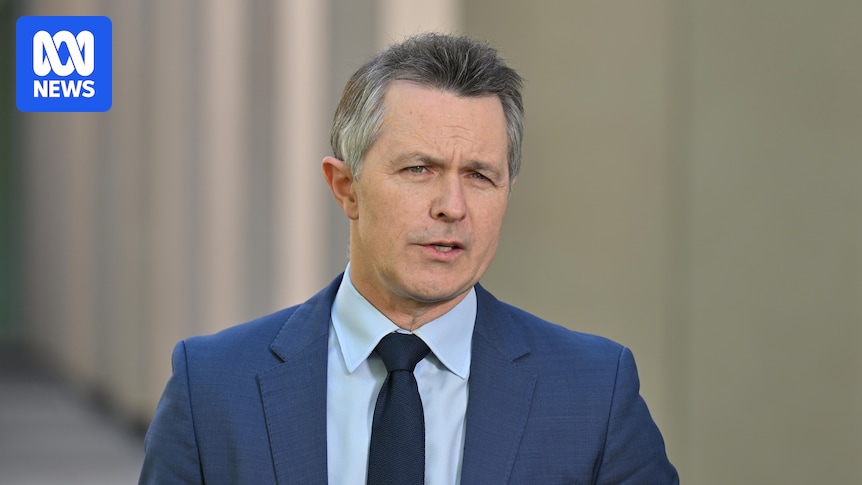
Dropout rates in public schools are on the rise, test scores are declining, and the educational divide between affluent and disadvantaged students is widening. In response, Education Minister Jason Clare has proposed the creation of a new federal “Teaching and Learning Commission” to address these pressing issues. The announcement was made during a speech at Curtin University, where Clare emphasized the urgent need for reform in the public education system.
Clare’s proposal comes on the heels of a $16 billion funding agreement with states, aimed at ensuring that financial resources are utilized effectively and that promised reforms are implemented. The new commission would mark a significant increase in federal involvement in state-run education systems, a move that Clare believes is necessary to address the challenges facing public schools.
The Current Crisis in Public Education
In his speech, Clare highlighted the stark contrast between public and private school completion rates, noting that while independent and Catholic schools maintain high and stable rates, public schools have seen a decline from 83% to as low as 73% over the past decade. This decline is part of what education analyst Glenn Fahey from the Centre for Independent Studies has termed a “code red” crisis in Australian public schooling.
“For two decades the education system has been underperforming — poor outcomes for students, new teachers under or poorly-prepared, and an ever-growing layer of chalk-pushers piling on red tape,” said Fahey.
Recent NAPLAN results underscore the severity of the situation, showing that one in three students are not meeting basic literacy and numeracy standards. Fahey argues that existing education bureaucracies have hindered rather than helped improvement efforts, and supports Clare’s plan to merge four existing agencies to streamline operations.
Proposed Agency Mergers and Their Implications
The proposed commission would consolidate the Australian Curriculum and Assessment Reporting Authority (ACARA), the Australian Education Research Organisation (AERO), Education Services Australia (ESA), and the Australian Institute for Teaching and School Leadership (AITSL). Fahey believes that while each agency plays a legitimate role, their overlapping functions have resulted in inefficiencies.
“The outcome is not a national policy system, but instead a jumble of acronyms that rarely pull in the same direction,” Fahey commented.
Clare’s plan aims to address these inefficiencies and ensure that the new funding agreement, which includes the long-promised Gonski money, is used effectively to support students who are falling behind. The commission would focus on evidence-based teaching methods, such as phonics and numeracy checks in early education, to identify and assist students in need.
Challenges and Reactions
Despite potential benefits, Clare faces the challenge of convincing state governments to support increased federal involvement in education, a domain traditionally managed by the states. The proposal currently remains an idea, pending approval from state education ministers.
Moreover, the Australian Education Union (AEU) has expressed cautious support, emphasizing the need for teachers’ voices to be central in the development of any new policies. AEU Federal President Correna Haythorpe stated, “We welcome a national discussion facilitated by the Minister for Education, however we seek the formal commitment from government that the voices of teachers and unions will be central to the development of any proposals going forward.”
The federal opposition has also shown a willingness to collaborate on the reforms, with Shadow Education Minister Senator Jonno Duniam highlighting the need for a focus on improving literacy and numeracy skills.
“Whilst Commonwealth funding per student has more than doubled in the last two decades, school performance continues to go backwards,” Duniam noted.
Looking Ahead
The proposed Teaching and Learning Commission signals a serious commitment from the federal government to improve educational outcomes, particularly in public schools. However, the success of this initiative will depend on the cooperation of state governments and the effective integration of federal agencies into a cohesive system that truly addresses the needs of students and teachers alike.
As the education landscape continues to evolve, stakeholders will be watching closely to see if this new approach can deliver the promised improvements or if it will become another layer in an already complex bureaucracy.






